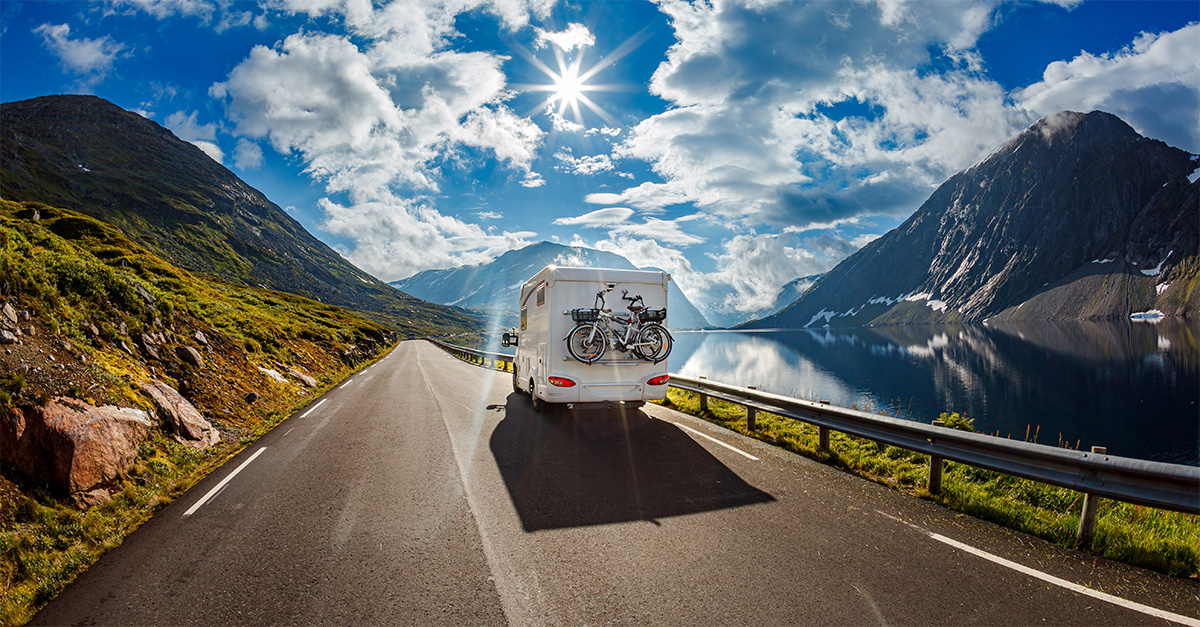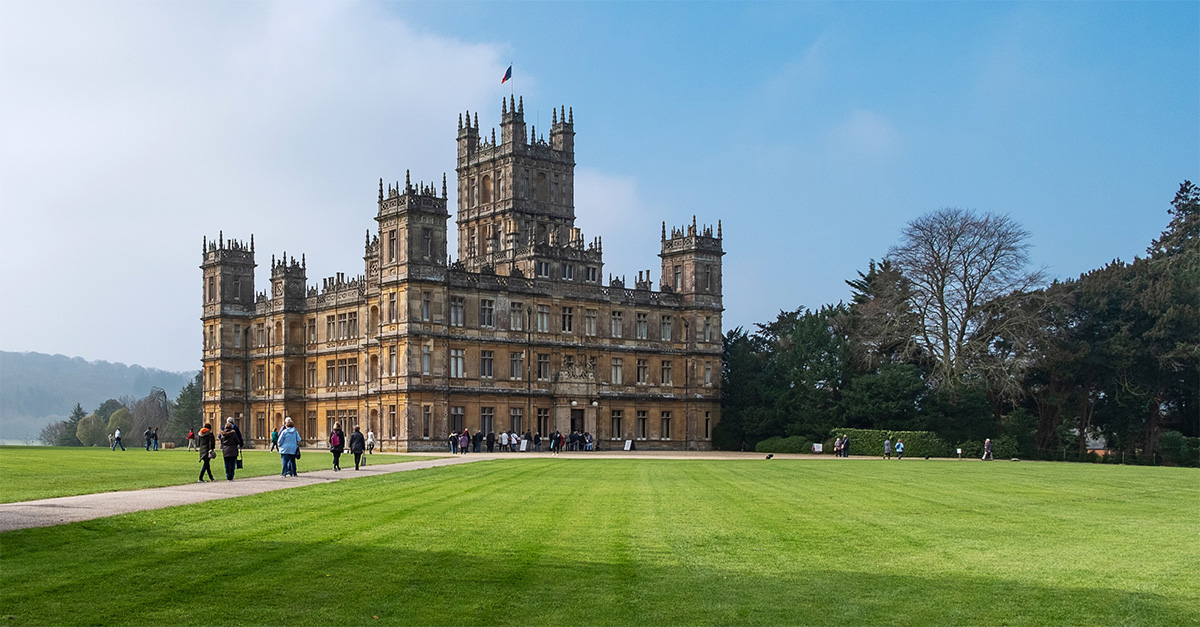Chloe Berman enjoys a short break in this most Spanish of cities
Like this article? Click here to download and save as a PDF.
Seville is home to the most enduring Spanish stereotypes. Here, flamenco dancing, bullfights, relentlessly blue skies and fiery fiestas are an everyday reality. And its Moorish architecture, labyrinthine alleys and atmospheric tapas bars make for a captivating weekend escape.
Just two hours from the UK, it’s become even more accessible since easyJet started flying to the city from Gatwick last year, giving an alternative to the Ryanair service.
There are sights aplenty. It’s worth getting clients a Seville Tourist Card, a pass available for one, two or three days that includes admission to museums, monuments and attractions, and discounts in restaurants and shops. Cresta Holidays offers this from £33. But between all the churches, art galleries and museums, make sure your clients leave time to simply soak up the Sevillanos’ way of life.
Day one
10.00: Breakfast with the locals at Horno San Buenoventura on Avenida Constitución, on the corner of Seville Cathedral. Order tostado with ripe tomatoes and cafe con leche, sit at a pavement table and watch the world go by.
11.00: Be staggered by the sheer size and gothic beauty of the cathedral. Completed in the 16th century, it is the largest gothic cathedral in the world and attracts hordes of tourist groups, so it’s best to get there in time for its opening at 11am.
Visitors are free to wander and wonder at its impressive collection of treasures, including Christopher Columbus’s tomb, but guided tours are also available. Time and energy permitting, it’s well worth scaling the 35 ramps to the top of the Giralda bell tower for magical views over the city.
13.00: Lunch at nearby Extraverde, a shop-come-tapas bar in one of Seville’s prettiest squares. Dishes include sturgeon carpaccio with pear and basil dressing, and Ajo Blanco prawns with sour apple.
15.00: After lunch, meander through the tiny alleyways of Seville’s oldest district, Barrio Santa Cruz. The former Jewish ghetto has become more touristy in recent years, with a few tacky souvenir shops springing up, but remains one of the most picturesque areas of the city.
Lose yourself in its maze of whitewashed orange-lined streets and you’ll stumble across hidden plazas and flower-decked patios. Stop off for la merienda – a late afternoon snack – in one of the buzzy pavement tapas bars.
16.00: At the edge of the Santa Cruz district is the Real Alcazar, a magnificent royal residence. The Alcazar has been home to various monarchs since the 14th century, and each has left his own distinguishing mark. The result is a complex of archways, patios and halls in different styles. The gardens provide a cool refuge from the city.
21.00: Seville may be known as the slightly sleepier cousin of Madrid or Barcelona, but Sevillanos know how to party. Blaze a tapas trail, stopping off to chomp on chorizo and sip tinto de verano with huddles of locals. Cresta Holidays offers a night of flamenco and tapas from £57, but if clients are going it alone recommend Vineria San Telmo in Santa Cruz for the delicious tapas and friendly service.
23.00: When you’ve eaten your fill of pint-sized plates, there’s nothing for it but to head for one of the city’s flamenco shows. There are plenty of venues with regular tablao (performances) but it’s worth clients booking ahead. Seville’s opera house, Teatro de la Maestranz, attracts big-name shows, or head to one of the city’s several nightclubs.

Day two
09.00: Get up early and cross the Guadalquivir river to the Triana district. Traditionally a working-class area famous for bullflighters and flamenco dancers, this part of the city has a gritty, authentic atmosphere.Try breakfast at one of the cafes lining Calle Betis before strolling through the cobbled streets. The area is also famous for its pottery.
11.00: Easy to miss, the Museo de la Inquisicion houses the remains of Castillo San Jorge, the seat of the Spanish Inquisition, where thousands of people were imprisoned during one of the darkest periods of Spanish history.
13.00: Stroll back over the bridge to Plaza de Toros de la Maestranza, one of Spain’s most famous bull rings. Bull flights are still held today, but whether you’re a fan of the ancient sport or not, the museum is well worth a visit, to see the chapel where the matadors pray, the infirmary where they’re patched up, bulls’ heads, and matadors’ costumes.
15.00: Pause for lunch at Flores Jamones and Vinos, a mecca for lover of Spanish ham and cheese.
16.00: Escape the scorching Spanish sun with a paseo through the sprawling Parque Maria Luisa, among opulent buildings built for the city’s exposition in 1929.
The highlight is the Plaza de Espana, known as ‘the Venice of Seville’. The Renaissance-style building is set behind a canal.
21.00: If by now you’re hankering for a change from tapas, you can’t go wrong with Osteria L’Oca Giuliva, a charming Italian in the Santa Cruz district. But make sure you leave room for churros – a Spanish fried dough snack served with hot chocolate – at Bar Toro Toro facing the cathedral.




